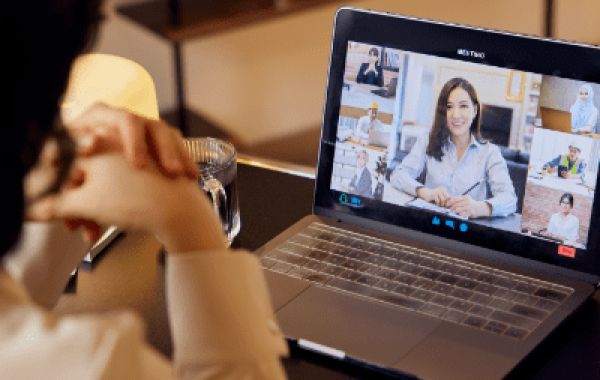IT managers have normally considered conference room equipment that supports displaying presentations as well as video conferencing. TV’s have been a popular choice so far. However, in the new era of hybrid work the need to support interactivity in the meeting rooms is increasing. Teams are now used to working together with productivity apps like online whiteboards, and annotating on presentations that can be seen by remote participants. This means IT managers need to interactive displays (a large touchscreen-enabled TV), versus standard TVs for their meeting room. Choices range from stand-alone touch monitors from Dell, Samsung Flip, Avocor, SMART and CTOUCH as well as all-in-one video conference systems such as Google Series One Board 65 and ValueSTek.
Having the right equipment in your meeting room is key for team productivity. IT managers typically have been migrating from projectors to installing TV’s as a key requirement for meeting rooms. TV’s allow participants to easily share their presentations in the room as well enabling video of remote participants who are dialing into the meeting from a remote location. However, TV’s should not be a defacto choice since they do have limitations as outlined below.
As face-to-face work resumes in the near future, there is an urgent need to ensure meeting room technology remains future-proof by supporting hybrid work use cases. This is where touch-based interactive displays can help simplify setup even further, while providing fairer collaboration.






